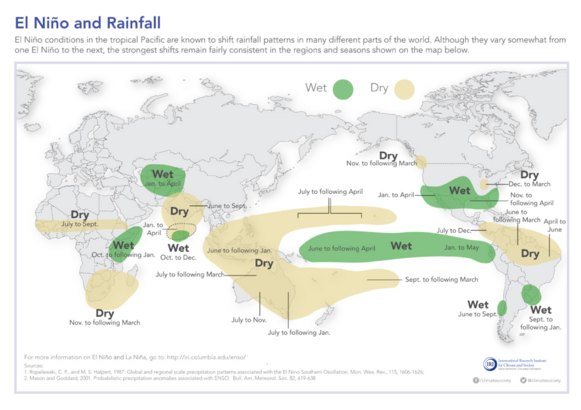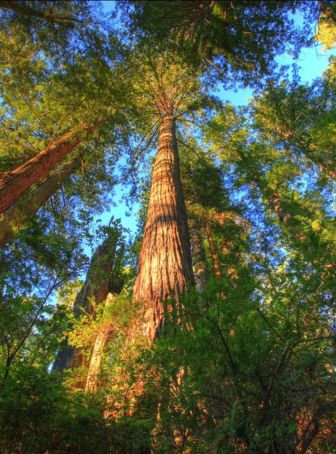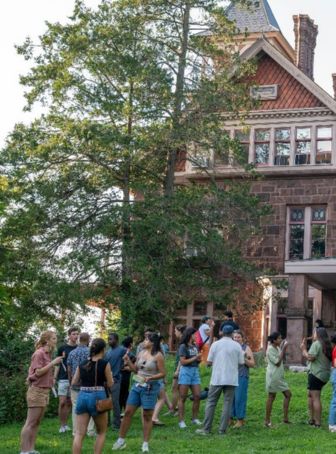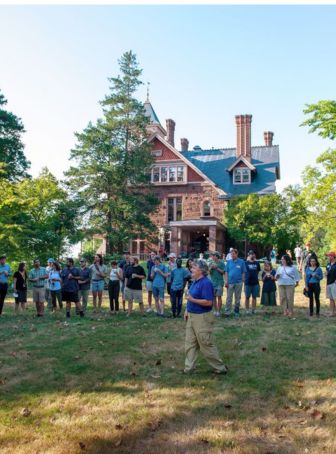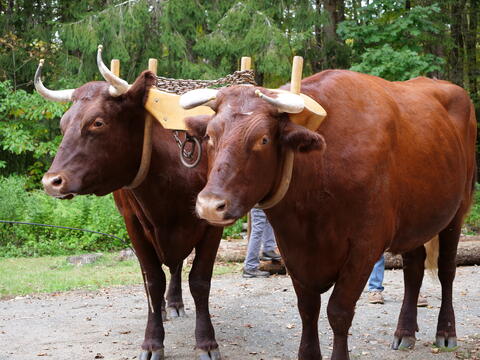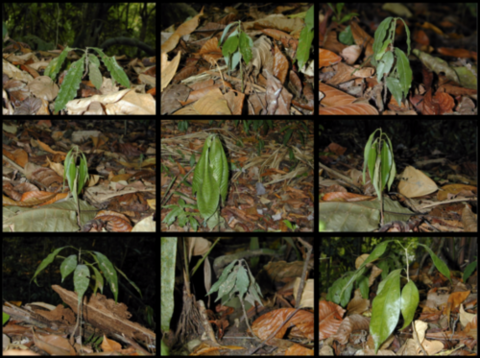
By Sara Santiago ’19 MF, Forest Fellow
In Panama’s dry and wet forests, 10,000 seedlings give insights into the future of forest structure and tree species diversity when faced with El Niño induced droughts across the isthmus.
El Niño and La Niña are well-known as the biggest drivers of year-to-year, interannual climate dynamics that cause profound impacts around the world – including monsoons and flooding in some areas versus severe drought elsewhere. Scientists expect that El Niño cycles will become more common as the climate changes, and according to Luke Browne, a postdoctoral associate in the Comita Lab, scientists know that tropical forests are intimately tied with climate cycles. For some tropical forests, El Niño induced droughts may even shift these forests from carbon sinks to carbon sources through increased fires and tree mortality.
El Niño is a global phenomenon that creates exceptionally dry and wet conditions in different regions, including a longer and more intense dry season in Panama. Graphic from Columbia Climate School, International Research Institute for Climate and Society.
Browne noted that the ways in which different species respond to a drought are therefore important in order to understand how a forest on the whole will respond to extreme climatic events. While research focused on the landscape level of these forests exists, Browne and his collaborator’s research questions are at the ground level, asking what are the overall impacts on seedling communities and how do they respond to drought?
Why seedlings? “We don’t yet know how seedlings will be affected by El Niño droughts,” Browne explains, “and their dynamics shape the future diversity and structure of tropical forests.” Tree seedlings, defined as 20 cm to 1.3 m tall in this study, in fact set the foundation or template of a future forest. What is currently present in the understory gives an idea of what will be there in the years to come and also set the patterns and functions of these forests.
Browne’s recent publication in Global Change Biology with Professor Liza Comita and colleagues explores these questions across the isthmus of Panama, looking at the impacts of drought on 400-500 tree species across a gradient from forests that receive 3,200 mm of rain on the northern Atlantic side to 1,600 mm on the southern Pacific side. The purpose was to determine which species are resilient versus those vulnerable to drought and how their forest types generally responded.
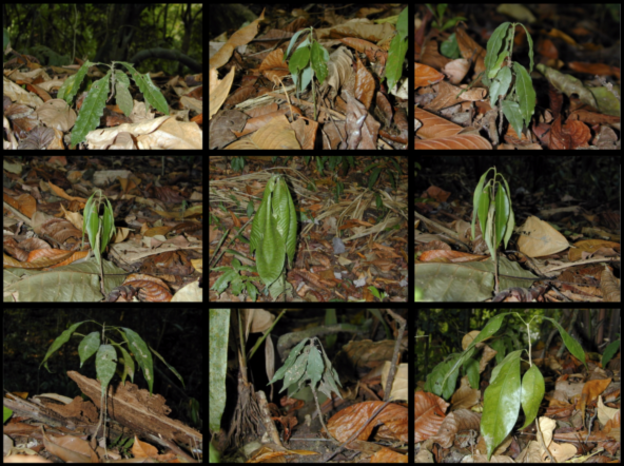
A surprising sight in a tropical wet forest, seedlings wilt during the 2015-16 El Niño drought. Photos provided by Bettina Engelbrecht.
This rainfall gradient proved important beyond its climatic and species diversity. In 2013, Comita and her collaborators, including the Smithsonian Tropical Research Institute, set up long-term study plots across it to study seedlings. Because this infrastructure was already in place, researchers like Browne could track what was happening during extreme drought, such as the El Niño induced one in 2015-16, which is one of the strongest recorded in modern history for the region.
Browne describes the field work as “low tech and high labor,” requiring field crews to visit sites every year to measure over 10,000 seedlings, keeping track of their growth and whether they survived the past year. With 6-7 years of data collected, the 2015-16 El Niño was captured right in the middle.
Browne et al. used data from a previous controlled experiment on species response to drought and found that the least drought tolerant species experienced up to a 250% increase in mortality during the 2015-16 El Niño, while those seedlings adapted to drought were less affected. They also found the wettest forests on the rainfall gradient to be the most susceptible to drought, with a 50-60% increased rate of seedling mortality across the seedling community.
“At the end, these results seem obvious and confirm expectations,” Browne muses. However, no study like this existed before and confirms that predictions – such as wet forest species are more adversely impacted by drought – are reasonable predictions to make in understanding climate dynamics and forests.
At the landscape scale, Browne says drought adapted tree species may become more dominant across Panama, with species from the southern dry forests becoming more present in the northern wet forests. While these shifts have not yet been observed in Panama, they are happening elsewhere in the world, as are forests converting to grasslands and savannas because of severe droughts.
“These forests are changing but it doesn’t necessarily mean they’re disappearing,” Browne observes in Panama. “There are forests and species that are really resistant to drought. Forests are so diverse, and there exists resilience and resistance to change and drought within them.”
References:
Browne, L., L. Markesteijn, L., B. M. J. Engelbrecht, F. A. Jones, O. T. Lewis, E. Manzané-Pinzón, S. J. Wright, and L. S. Comita. 2021. Increased mortality of tropical tree seedlings during the extreme 2015-16 El Niño. Global Change Biology. 27:5043-5053. https://onlinelibrary.wiley.com/doi/10.1111/gcb.15809 (link is external)
El Niño and Rainfall graphic: https://iri.columbia.edu/our-expertise/climate/enso/ (link is external)
